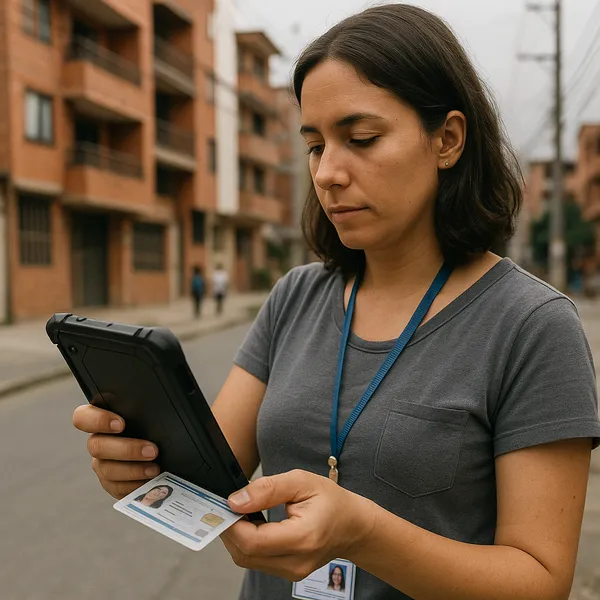Fragile Systems, Fragile States Why Your Program Needs a Resilience Audit
Published on: Wed Apr 10 2024 by Ivar Strand
Fragile Systems, Fragile States: Why Your Program Needs a Resilience Audit
The standard financial audit provides a valuable function: it offers a retrospective opinion on whether funds were managed in compliance with established rules during a specific period. For programs operating in stable environments, this historical assurance can be a sufficient indicator of health.
In fragile and conflict-affected states (FCV), however, this backward-looking model is a necessary but insufficient condition for true assurance. The operating environment is defined by its volatility and the high probability of exogenous shocks. In these contexts, the greatest risk is often not a historical misstatement of accounts, but a future operational collapse.
This reality demands an evolution in our approach to oversight—a shift in focus from purely retrospective fiduciary compliance to forward-looking strategic assurance.
The Limits of Retrospective Compliance
A clean audit report is a snapshot in time. It confirms that a program was compliant under the specific political, economic, and security conditions that prevailed during the audit period. In an FCV context, those conditions are inherently unstable.
A program that was perfectly compliant yesterday can be rendered operationally non-viable tomorrow by a range of predictable, if unpredictable in their timing, shocks:
- A sudden and severe currency devaluation can destroy a budget planned in local currency.
- The outbreak of localized conflict can cut off physical access to project sites.
- A failure of critical infrastructure—such as the banking system, the internet, or the power grid—can halt operations entirely.
Traditional audit methodologies are not designed to assess a program’s structural capacity to withstand these future events. They verify the past; they offer little insight into a program’s viability in the face of future stress.
A New Mandate: The Resilience Audit
To address this gap, we believe a new, forward-looking instrument is required: the Resilience Audit. This is not a financial audit in the traditional sense. It is a structured, analytical stress-testing exercise designed to systematically identify and assess single points of failure across a program’s entire operational architecture before they are exposed by a crisis.
The objective is to move beyond asking “Were the rules followed?” to asking “Will the program survive if the fundamental assumptions underpinning those rules suddenly change?” This is the core of strategic assurance.
Core Pillars of a Resilience Audit
A resilience audit is a multi-disciplinary assessment. In our practice, we structure it around four interdependent pillars, each examining a different facet of a program’s operational model.
-
Financial Resilience. This pillar stress-tests the program’s financial architecture. What is the documented procedure for re-budgeting after a 50% currency devaluation? Are major contracts denominated in local or hard currency, and is the exchange rate risk actively managed? What are the contingency plans and manual workarounds for a prolonged failure of the local electronic banking system?
-
Logistical and Operational Resilience. This assesses the robustness of physical and digital supply chains. Are there pre-identified alternative routes for delivering goods if a primary access road is closed? Is critical program and financial data backed up regularly to a secure, off-site location? What is the tested business continuity plan for a multi-day internet and power outage?
-
Human Resource Resilience. This examines the dependency on key personnel, a frequent point of failure in challenging environments. If a critical manager (e.g., the sole signatory on a bank account) must be evacuated, is there a documented and legally sound process for the immediate delegation of their authority? Are critical system passwords and credentials held securely by more than one individual?
-
Technological Resilience. This pillar assesses the operational robustness of the technology itself. Beyond the correctness of its logic, is the system fit for the environment? If it is a cloud-based platform, has the risk of a regional outage or a government-mandated internet shutdown been considered? Have manual overrides for essential processes like payroll been documented and, more importantly, tested?
Conclusion: From Assurance of the Past to Confidence in the Future
In the most challenging environments, assuring what did happen is only half of our fiduciary duty. We must also provide a credible, evidence-based assessment of a program’s ability to continue functioning in what might happen. The resilience audit is a structured tool designed to provide this strategic assurance, allowing donors and implementers to proactively identify and mitigate the vulnerabilities that pose the greatest threat to program continuity and the responsible stewardship of aid funds.



